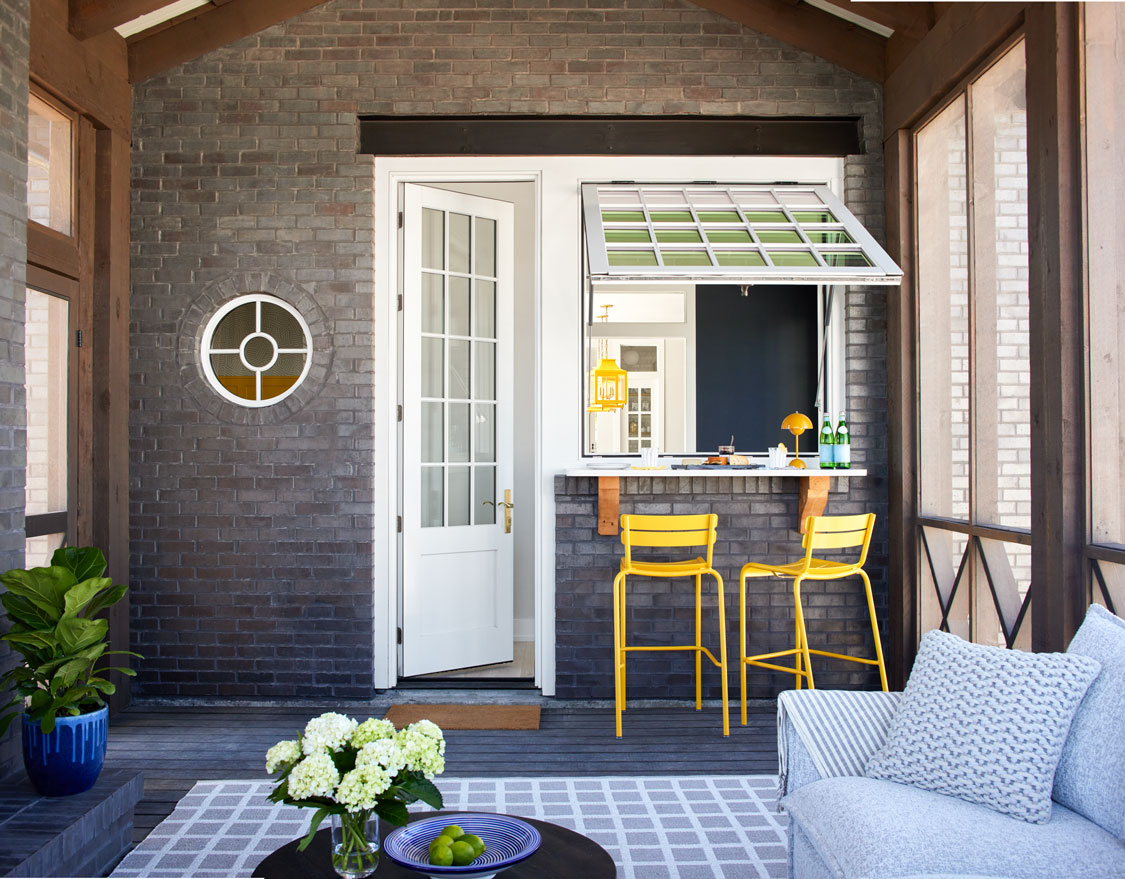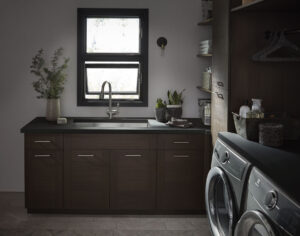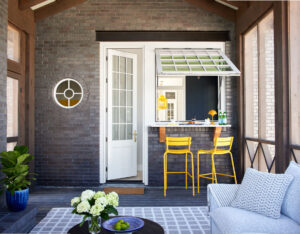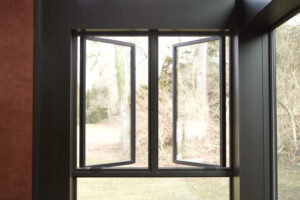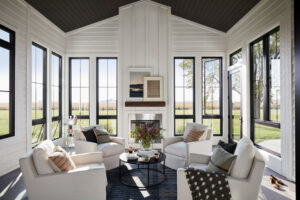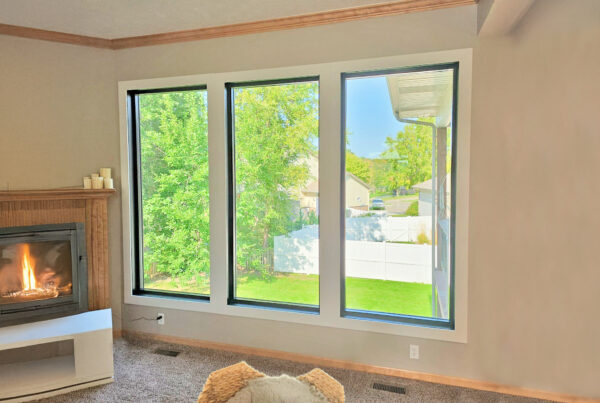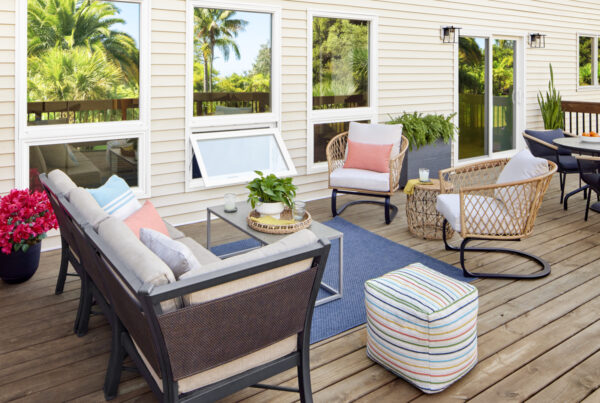Old homes are packed with personality, and often with features desperately in need of updating. When you’re considering replacing your home’s windows, Pella has you covered!
A classic pairing of styles that you’re likely to come across in your search for replacement windows are awning windows and casement windows, and each offer a number of benefits to homeowners.
Remember that the right windows for your home won’t just look great and stand the test of time—they will also upgrade and improve your home, and will enhance its character in more ways than one.
Let’s take a closer look at the differences between awning windows and casement windows, and consider some of the factors that will help you choose the right windows for your home!
What Are Awning Windows?
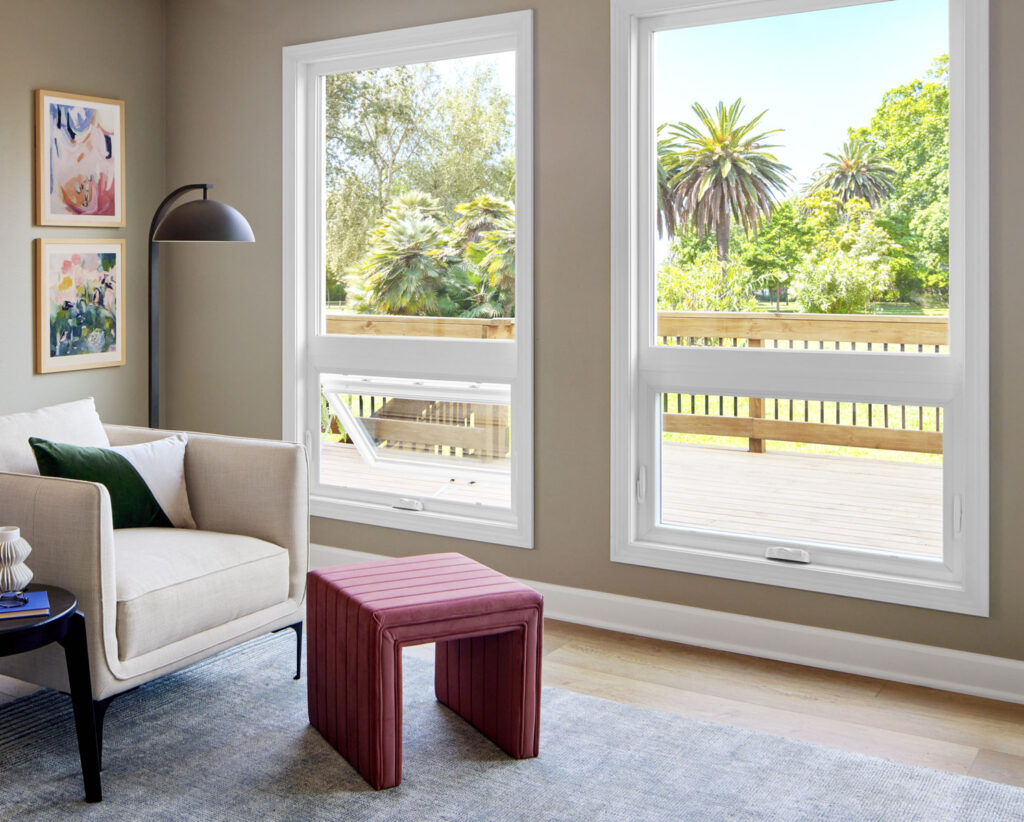 Awning Windows offer a very different esthetic to traditional window types, and a few additional features that might make them the right fit for your project.
Awning Windows offer a very different esthetic to traditional window types, and a few additional features that might make them the right fit for your project.
Awning windows feature a great deal of detail and character, which can create a big impact on your home’s style. Each features a hinge at the top of the frame, allowing the window to swing open from the bottom, usually with the help of a crank. In spite of their ease-of-access, awning windows close tightly, creating a seal that offers both security and energy efficiency.
Not only are awning windows easy to use but they also bring a unique character and style to the home. With the window extended out, you’re going to be letting fresh air into your home while also still having a beautiful view, which is a win-win for your home’s ventilation, style, and privacy.
If you choose, you can even leave your window partially open during a spring sprinkle, allowing in the petrichor and fresh breeze without causing water damage to your home’s interior.
What Are Casement Windows?
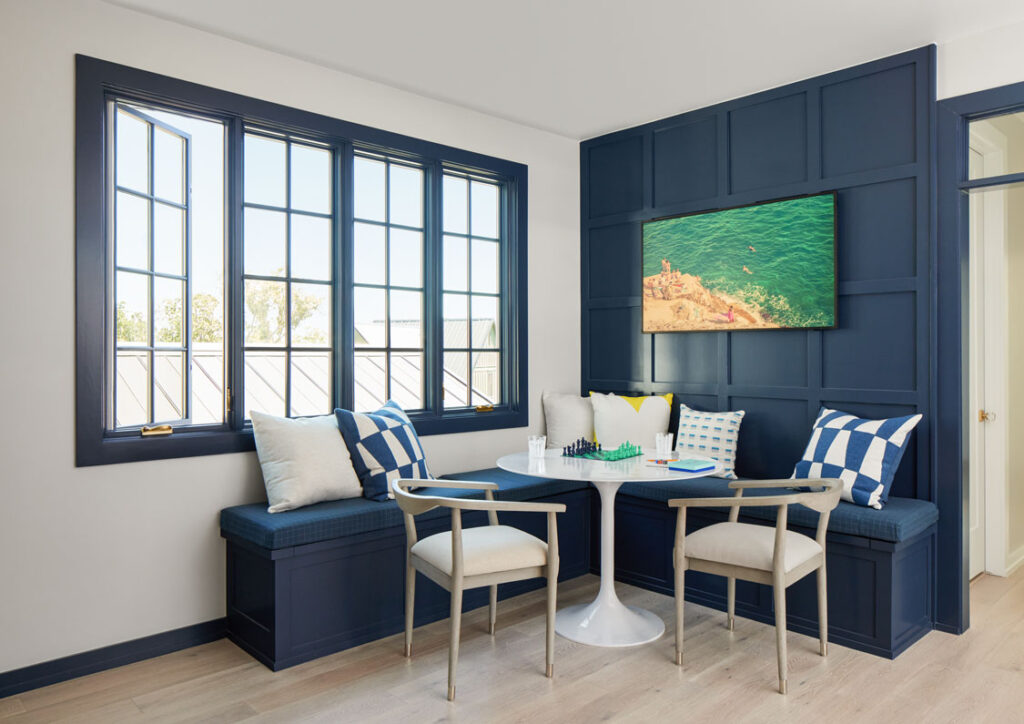 Casement windows are an equally excellent choice for when you’re in the market for a new window that will make a beautiful addition to your home.
Casement windows are an equally excellent choice for when you’re in the market for a new window that will make a beautiful addition to your home.
Casement windows work very similarly to awning windows, with the exception being where the window hinges open.
The user-friendly casement window hinges at the side of the frame instead of the top, where awning windows open. Use the crank or lever to swing your new casement window outward, opening the window like a door—it’s as easy as 1, 2, 3!
And since casement windows open outward just like awning windows, they are ideal for letting the air flow freely and for ventilating your home. Another benefit to casement windows, aside from their design, is the perfectly unobstructed view of the outdoors, whether your window is open or closed. The difference may be subtle, but it’s the details that count!
Other benefits and features include:
- Energy efficiency- Casement windows close tightly against their frames, creating a seal that helps keep cold air out in the winter and cool air in the summer.
- Security – Casement windows are one of the most secure types of windows because the opening mechanism is only accessible from inside the house.
- Easy washing – you can easily wash the exterior of the window from inside your home – ideal for second story windows so you don’t have to get on a roof or use a ladder.
Awning vs. Casement Windows: Making the Choice That’s Right for You
When deciding between awning and casement windows, both styles of windows look great, but they each offer pros and cons that will appeal to different customers. It’s also possible for a combination of both make sense for your home.
But as is true with all design choices, the window that’s best for your home is going to come down to your personal taste, your home esthetic, and your budget.
Awning windows are often utilized in bathrooms, basements, and kitchens. Thanks to their unique design, it makes good sense to place these windows higher up on the wall for optimal ventilation while maintaining your privacy. In kitchens, they are often utilized to help cooking odors escape and keep your home from smelling stale.
Casement windows, on the other hand, tend to be seen more often in living rooms, bedrooms, and offices. You can open these windows fully for maximum ventilation and a wide-open view to make the most out of the natural light and fresh air in the places where families spend the majority of their time, keeping the space bright and the air fresh.
In terms of price, the standard awning windows are slightly more expensive than single-wide casement windows. Let’s use wood frames as an example: our wood awning windows start around around $800, compared to our single-wide wood casement windows at around $720. But Pella also sells double-wide and triple-wide casement windows, which are a bigger investment; the same wood styles start around $1,500 for the double-wide and $2,200 for the triple-wide windows.
Pick the Right Awning and Casement Windows with Pella of Omaha & Lincoln
Both awning windows and casement windows are fantastic options, and can complete your home design beautifully. They’re easy to use and easy on the eyes. Depending on what you’re looking for, knowing the features and benefits of each style will help guide you in making the right choice.
But no matter what style of window that’s caught your attention, finding the right windows has never been easier, thanks to the experts at Pella Windows and Doors of Omaha & Lincoln.
At Pella, not only can we help you find the right window for your home, but we can also make sure that your new awning or casement windows are properly installed, so that you can avoid unexpected repair costs down the road.
In addition, we have some of the best warranties in the industry. With our Pella Care Guarantee, you can rest easy knowing that your new windows are covered for years down the line.
Schedule a free consultation today and learn more about how we can help you find the right window for your home in just a few simple steps.

